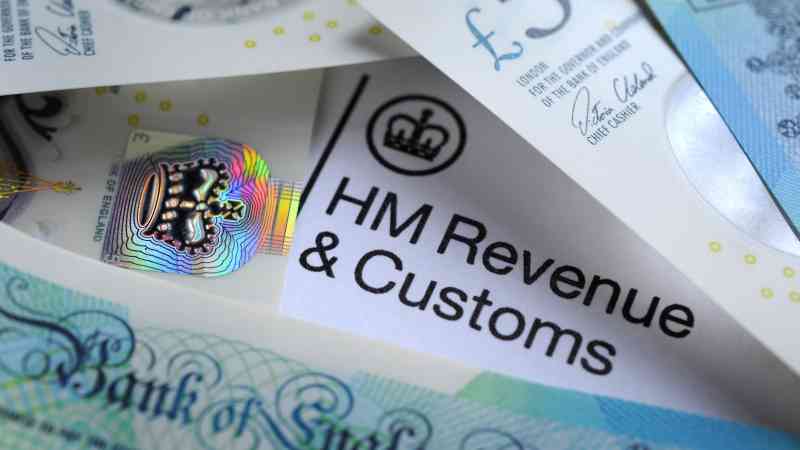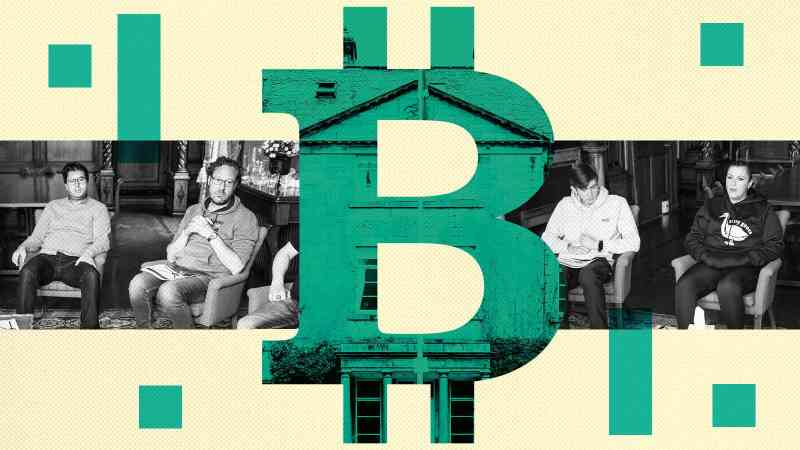Half a million caught in 60 per cent income tax trap
More than half a million people are paying income tax of up to 60 per cent on the top slice of their earnings.
A punitive tax trap catches out those on salaries of between £100,000 and £125,000 a year and the number being caught in it is higher than ever, according to analysis by the wealth manager Bowmore Financial Planning.
The official top rate of income tax is 45 per cent and applies to earnings above £125,140. But, thanks to a quirk in the system, you can pay a marginal tax rate (the actual rate paid on the next pound that you earn) of 60 per cent on earnings between £100,000 and £125,000.
• Why the Times is calling for an end to stealth taxes
This is because for every £2 you earn above £100,000, you lose £1 of your £12,570 personal allowance — the amount you can earn each year without paying any tax at all. By the time you earn £125,140 that allowance has been tapered away to nothing.
If you include national insurance contributions, you would pay a 62 per cent rate from £100,000 to £125,140.
The number of higher earners affected by the 60 per cent marginal rate went up 23 per cent in the 12 months to April, from 436,000 to 537,000, according to Bowmore. It said that the new government should take urgent action to fix the “inequality in the income tax system” that risks discouraging people from earning more than £100,000 a year.
There is another trap that high earners risk falling into: once you earn more than £100,000 you lose tax-free childcare and half the 30 hours a week of free care that is available for three and four-year-olds. It means that a pay rise which took your salary above £100,000 could actually cost you money.
Mark Incledon from Bowmore said: “With the high cost of living eroding the real value of salary increases, the incoming government must address the tax trap for higher earners. It only disincentivises people from working harder, being more productive and ultimately generating economic growth.”
Incledon’s comments echo The Times campaign that is calling for the government to soften the £100,000 salary cliff edge. One of the reasons more people are paying higher rate tax is because of a freeze in the income tax thresholds. The £50,270 higher rate threshold has not changed since April 2021 and the additional rate threshold of £125,140 was reduced from £150,000 in 2023. Both are due to stay at the same level until 2028 under plans announced by the previous government.
• I left the military and my income rose. Help me plan for retirement• Income tax calculator
This means that as incomes rise, more people pay higher rates of tax through a process known as fiscal drag. It has been described as a stealth tax because it allows the Treasury to increase its revenue without having to take the unpopular move of putting up the actual rates of tax.
The 40 per cent higher income tax rate was paid by 3.5 per cent of taxpayers in the 1991-92 tax year — about 1.6 million people. By 2028 some 7.8 million people will be paying 40 per cent tax — about 14 per cent of taxpayers, including one in eight nurses and one in four teachers, according to the Institute for Fiscal Studies, an economic research institute.
If the higher rate threshold had kept up with inflation, it would be above £55,000, according to the Resolution Foundation, a think tank that focuses on improving living standards.
The Times Stop the Raid campaign also wants a rise in the personal savings allowance, which allows basic rate taxpayers to earn up to £1,000 interest a year tax-free. Higher-rate taxpayers get a £500 annual allowance, while additional-rate taxpayers get nothing.
• The stealth tax: what is fiscal drag?
When the personal savings allowance was introduced in 2016, George Osborne, the chancellor at the time, said that 95 per cent of savers would not pay any tax on their interest.
In 2016 the average interest rate on an easy-access savings account was 0.51 per cent and a basic-rate payer would have needed savings of about £196,100 before they earned enough interest to pay tax on it. Now accounts pay an average of 2.79 per cent and a basic-rate payer would breach the limit with about £35,850, and a higher-rate payer with £17,925.
In the 2020-21 tax year less than 800,000 people paid tax on their savings interest. That number increased to more than 2.7 million in the 2023-24 tax year because of higher interest rates, according to the investment firm AJ Bell.
A Treasury spokesperson said: “We are committed to keeping taxes on working people as low as possible while maintaining fiscal responsibility, that’s why we’ve pledged to not raise income tax, national insurance or VAT.”




Post Comment